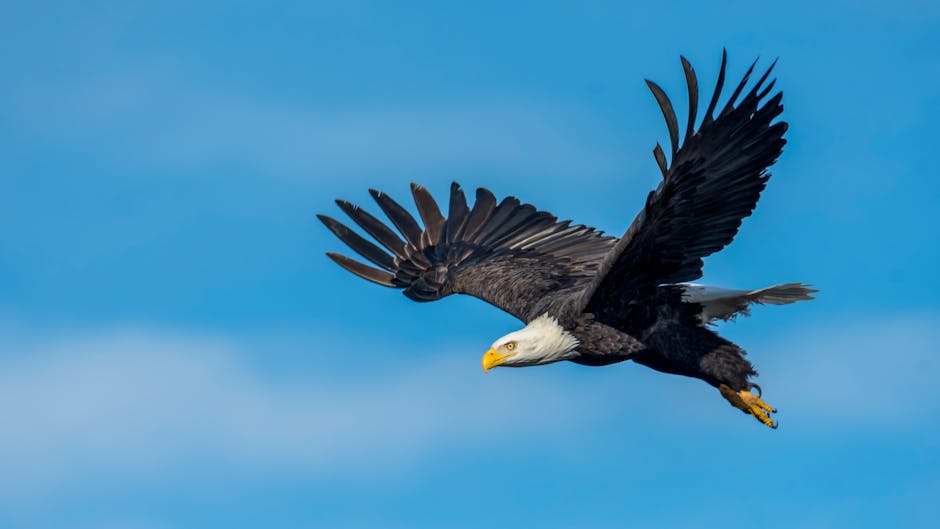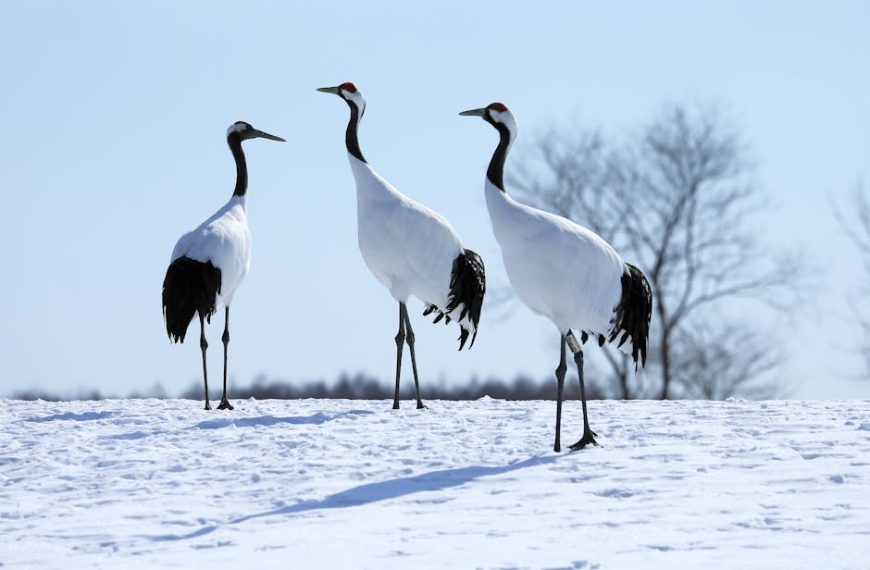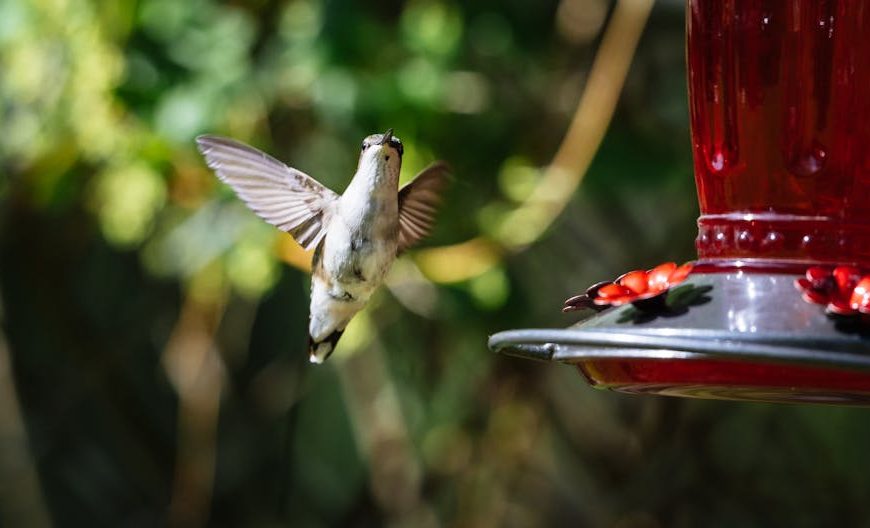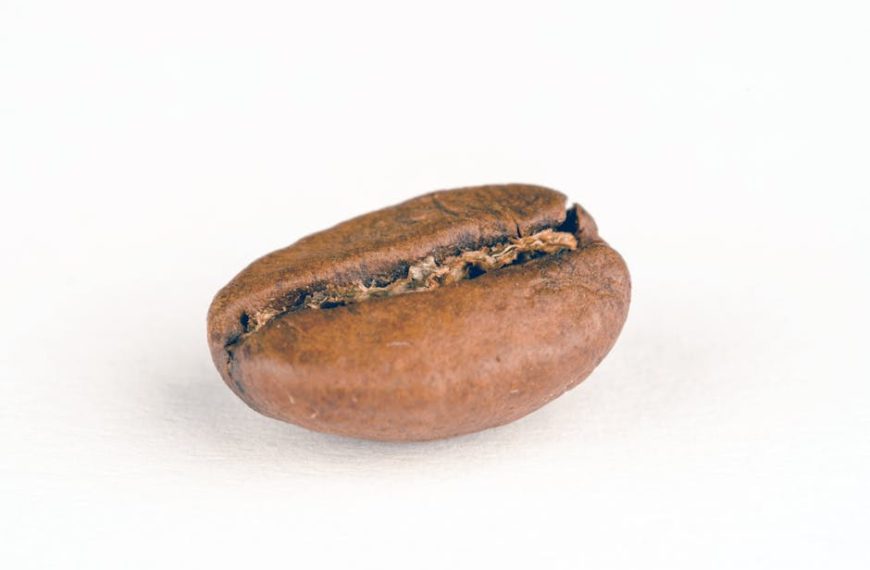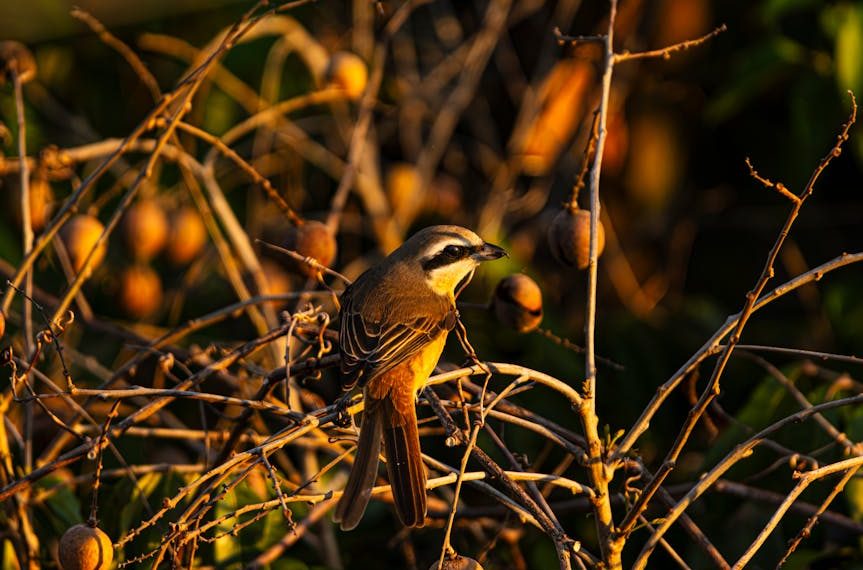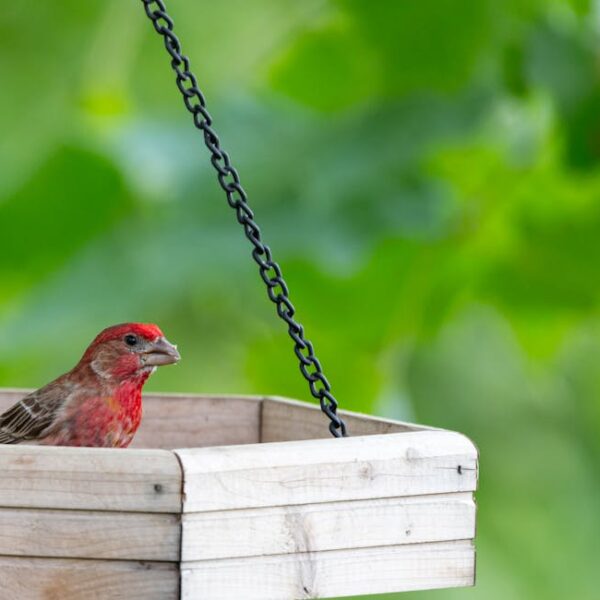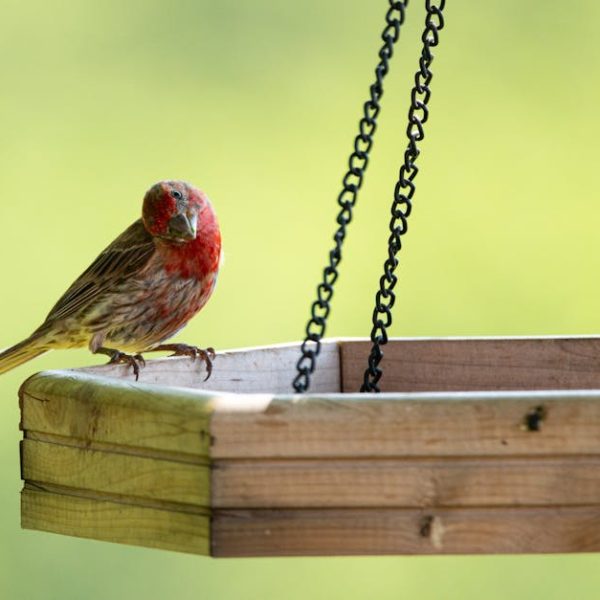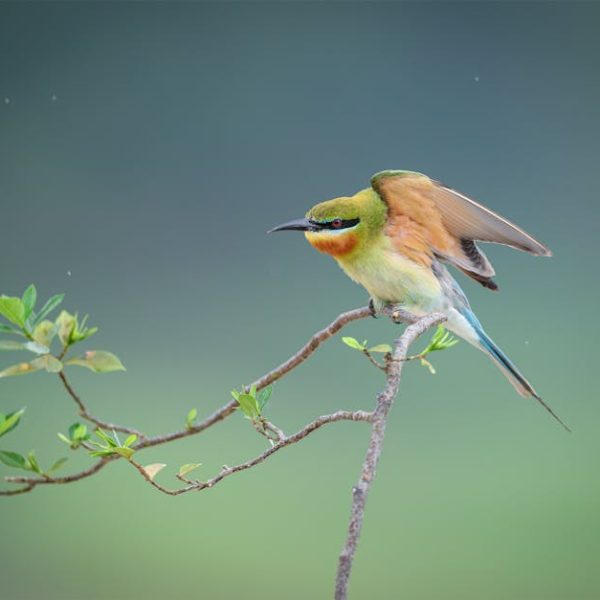The pecking order is a real phenomenon in the avian world, and pigeons often find themselves prey for a variety of raptor species. Regularly featured on the dinner menu for birds like hawks, owls, and peregrine falcons, pigeons form an integral part of the food web in many ecosystems.
Understanding the Food Web in A Bird’s World
Birds have an intricate role in the ebb and flow of life, forming vital links in the food chain. From scavengers to predators, each bird species contributes to the overall balance of the ecosystem. Among them, predatory birds like hawks, owls, and falcons serve as regulators, controlling the population of smaller birds like pigeons. Various raptors that commonly prey on pigeons include:
- Red-tailed Hawks: Highly versatile raptors known for their wide hunting range that includes mice, squirrels, and pigeons.
- Great Horned Owls: Nocturnal hunters that utilize their superior hearing and sight to prey on pigeons among other small creatures.
- Peregrine Falcons: Known as speed demons, commonly found in urban settings and have a penchant for hunting pigeons.
The Bird of Prey: Hawks
Using a combination of keen eyesight and sharp talons, hawks excel at spotting and swooping down on unsuspecting pigeons. Their hunting strategy often involves soaring at great heights and diving with lethal accuracy onto their chosen prey. Recognizing hawk predation can be done by noting the presence of plucked feathers, parts of a pigeon, or even observing the hawk during the act.
Pro Tip: Hawks can be identified by their large size, broad wings and propensity to circle overhead. Spotting a hawk on the hunt can be an impressive sight for bird watchers and nature enthusiasts.
The Raptor in the Night: Owls
Unlike hawks, owls use the cover of darkness to execute their hunting strategies. These nocturnal birds of prey are known for their silent flight and enhanced hearing capabilities, traits that serve them well in hunting pigeons roosting for the night. Both owls and hawks have similar hunting styles but vastly differ in their chosen time for predation. Owls prefer the cloak of darkness while hawks are primarily diurnal hunters.
Checklist for Identifying Owl Predation:
- Presence of owl pellets with pigeon remains
- Noise of owls hooting in the area
- Nighttime activity or disturbances among pigeon roosts
The Urban Hunter: Peregrine Falcons
Peregrine Falcons, often seen soaring high above urban landscapes, are perhaps some of the most skillful pigeon hunters. Peregrines are renowned for their diving skills, sometimes reaching speeds over 200 mph in pursuit of their prey. These falcons snatch pigeons out of the sky with impressive precision, often stunning their prey with a strike from their talons before delivering a lethal bite. While this predation habit helps keep the often overwhelming urban pigeon populations in check, it also poses challenges for these falcons, from navigating city buildings to increased contact and potential conflict with humans.
Pro Tip: Peregrine Falcons are typically recognized by their pointed wings, dark crown and “sideburns, and their unique hunting strategy of high-speed dives.
Impact of Pigeon Predation on Eco-system and Human Society
Predation on pigeons by raptors such as hawks, owls, and falcons plays a crucial role in maintaining the balance of ecosystems. In urban settings, where pigeons are often seen as pests, this predation is particularly essential. However, there can be both negative and positive implications for humans residing in these areas.
Positive implications can include:
- The control of pigeon populations which can help reduce the spread of diseases and property damage.
- The existence of raptors contributes to the biodiversity within cities, enhancing their natural beauty and providing opportunities for urban birdwatching.
Negative implications might include:
- The potential for conflicts between humans and raptors, especially when birds nest in inconvenient locations.
- The possible disruption to peace and quiet due to increased bird activities.
For harmonious co-existence with these predatory birds, cities can:
- Promote the use of bird-friendly architecture.
- Develop and protect green spaces and natural habitats within urban landscapes.
- Initiate public education about the important role these birds of prey play in city ecosystems.
Key Takeaway:
- Hawks, Owls, and Peregrine Falcons are common predators of pigeons.
- These raptors have unique hunting strategies and habits, with hawks being primarily diurnal hunters, owls hunting at night, and Peregrine Falcons expertly navigating urban environments.
- The predation of pigeons by these predatory birds plays a crucial role in maintaining the balance of ecosystems, particularly urban ecosystems where pigeons are often viewed as pests.
- Co-existing with these predatory birds in urban settings offers both challenges and opportunities, necessitating a balance between human convenience and preserving natural behaviors and habitats.
Seeing a hawk, owl, or falcon in action can be an awe-inspiring experience that reminds us of the wonders of nature. These birds, as predators of pigeons, are important contributors to the health and balance of our ecosystems. By understanding their predator-prey relationship with pigeons, we can better appreciate these raptors’ value and roles in nature. Remember, respecting these wild creatures and learning about their behaviors can foster coexistence in both rural and urban settings.
FAQs
Q: What can I do if a Peregrine Falcon nests on my property in the city?
A: While it may seem inconvenient or even dangerous at first, having a Peregrine Falcon nest on your property can be a unique opportunity to observe these fascinating creatures up close. However, remember to respect their space, and do not attempt to touch the nest or the birds. If you have concerns, contact your local wildlife department for guidance.
Q: Are there other birds less commonly known that also prey on pigeons?
A: Yes, besides hawks, owls, and falcons, other less common predators of pigeons might include eagles and larger gulls.
Q: Can pigeons defend themselves against these predators?
A: Yes, pigeons can sometimes evade their predators through rapid and agile flight. In some cases, a group of pigeons may work together to fend off a single bird of prey.
Q: Is there any danger to humans from these predatory birds?
A: Generally, these birds do not pose a risk to humans. Most conflicts arise when humans and birds compete for space, particularly in urban areas. It’s always best to give these birds the space they need to carry out their natural behaviors.
Q: What is the impact of hunting pigeons on the population of these predators?
A: Pigeons form a substantial part of the diet for these raptors. Thus, a plentiful pigeon population can support a healthy population of these predatory birds in certain areas.
We encourage you to share this article with also bird enthusiasts and explore further posts on our website to gain more insights into the fascinating world of birds and wildlife.
